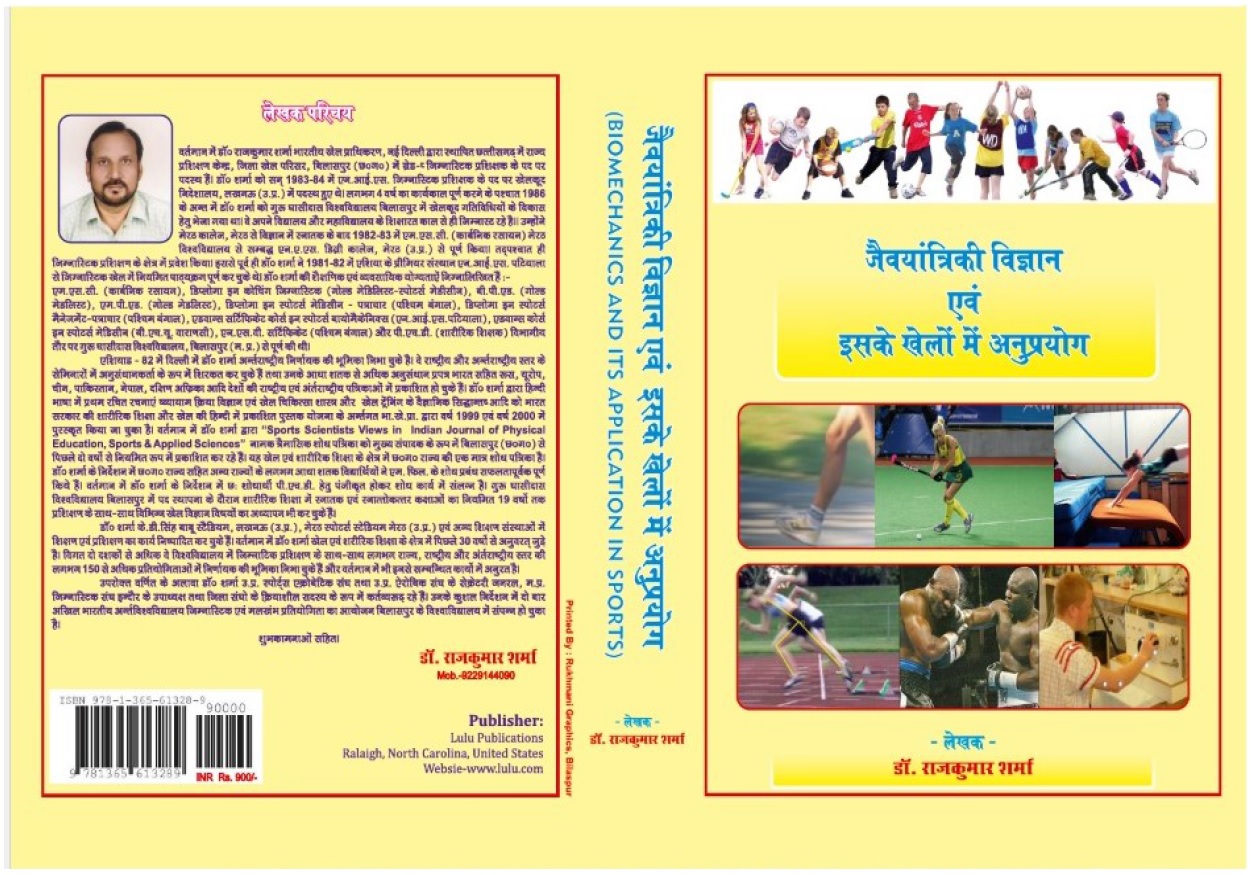| S.No. | Total View Count | Title of Manuscript | Page No | Download/ PDF |
|---|---|---|---|---|
| 1 | A COMPARATIVE STUDY OF PERCEIVED STRESS OF MALE AND FEMALE JUDOKA Author: Teena Pangtey and Dr. R.K.Yadav | 01-04 |  15 15 |
Article info
doi no.: 05-2016-44975451, DOI Link :: https://doi-ds.org/doilink/08.2022-87699812/IJPESAS/05.2016-44975451/V12/I2/A1
AFFILIATIONS:
1 Research Scholar, Department of Physical Education Rani Durgawati Vishwavidyalaya Jabalpur, (M.P)
2 Professor, Department of Physical Education Rani Durgawati Vishwavidyalaya Jabalpur, (M.P)
The purpose of the study was to compare Perceived Stress of Male and Female Judokas.480 judokas (245 women, 235 men) was selected randomly during the Senior National Judo Championship held at Vishakhapatnam (A.P) in 2019 and All India Inter University Judo Tournament held at Punjab University Chandigarh in 2018 and Guru Nanak Dev University Amritsar in 2018. The age of the subjects were ranged from 16 to 37 years. The Perceived Stress Scale (PSS) (Cohen et al., 1983) is used as an instrument for measuring the stress of judokas. Mean, Standard Deviation and t-ratio measured to analyze the data and level of significance was set at 0.05. The results indicated male and female judoka did not differ significantly on perceived stress.
Keywords: Perceived stress, Judokas, Male, Female, Championship.
References
Belem I et al. (2016). What coping strategies are used for athletes of MMA more resilient to stress? J. Phys. Educ.. v. 28: 1-11.
Bhui, K. (2002). Physical activity and stress. In S.A. Stansfeld, & M.G. Marmot (Eds), Stress and the heart: Psychosocial pathways to coronary heart disease (pp. 158–167). Williston, VT: BMJ Books.
Cohen S, Kamarck T, Mermelstein R (1983). A global measure of perceived stress. Journal of health and social behavior, 385 – 396.
Dunn, A.L., Trivedi, M.H., & O’Neal, H.A. (2001).Physical activity dose-response effects on outcomes of depression and anxiety. Medicine & Science in Sports & Exercise, 33(6 Suppl.), S587–S597; discussion 609–510.
Herbert, John (1997) "Stress, the Brain and Mental Illness." BMJ. 30 August: 530-535.
Jones, J. G., & Hardy, L. (Eds.). (1990). “Stress and performance in sport”. John Wiley & Sons, American Psychological Association.
Lazarus RS, Folkman S. (1984) Stress, appraisal and coping. Springer; New York: 1984.
Mastorakos G, Pavlatou M, Diamanti-Kandarakis E, Chrousos GP (2005). Exercise and the stress system. Hormones (Athens); 4(2):73-89. [PMID: 16613809].
Paulina Morga, Martyna Podbor?czy?ska, Lilianna Jaworska, Joanna Szczepa?ska Gieracha (2015). The level of perceived stress among students of the University School of Physical Education in Wroclaw. Fizjoterapia , 23, 4, 43-54 ISSN 1230-8323.
Malinauskas and Romualdas (2010). The Associations Among Social Support, Stress, and Life Satisfaction as Perceived by Injured College Athletes. Social Behavior and Personality: an international journal, Volume 38, Number 6, 2010, pp. 741-752(12)
Weinberg RS, Gould D (2001).Fundamentals of Sports Psychology and exercise. Artmed, Porto Alegre.
 admin@sportscientistsviews.com
admin@sportscientistsviews.com





